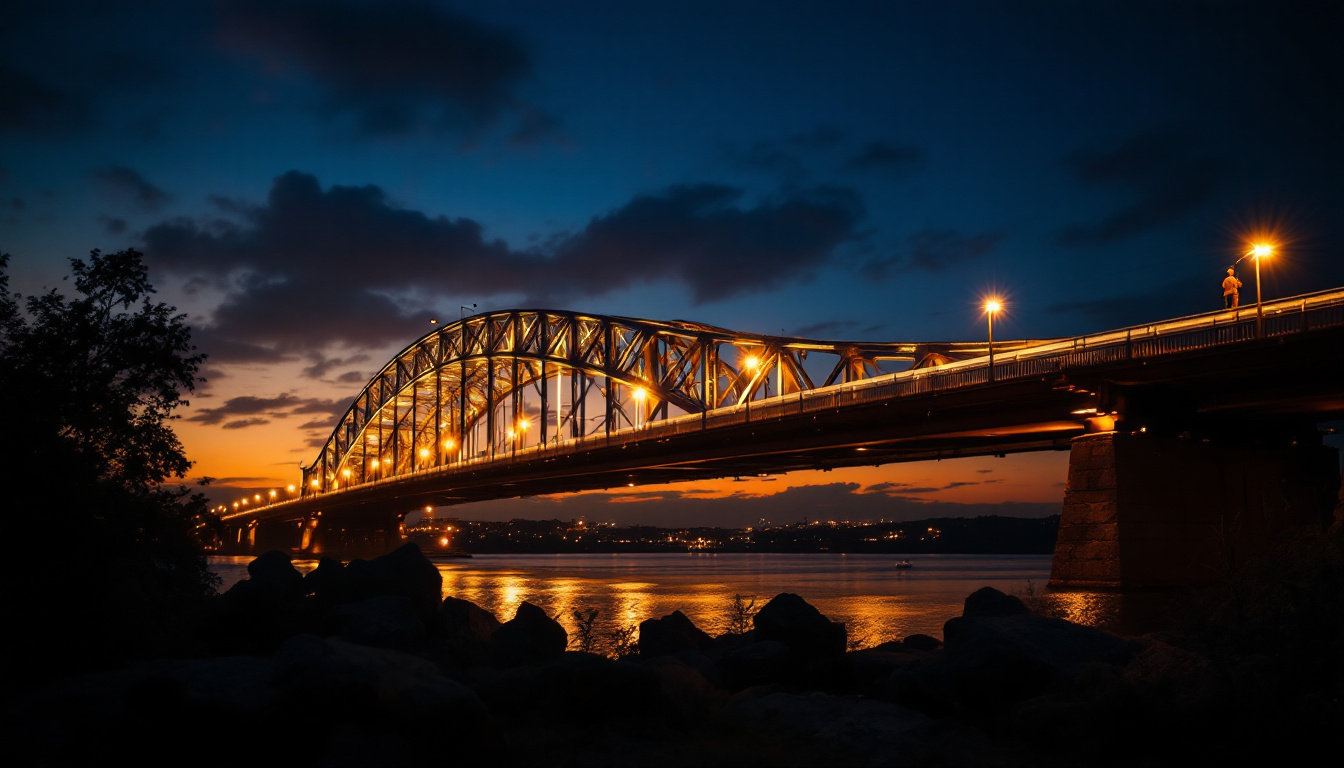
Lighting contractors play a crucial role in enhancing the safety and aesthetics of bridges through effective lighting solutions. As urban areas expand and infrastructure ages, the demand for innovative bridge lighting continues to grow. This guide aims to provide valuable insights into the various aspects of bridge lighting, from design considerations to installation techniques, ensuring that contractors are well-equipped to tackle any project.
Bridge lighting serves multiple purposes, including safety, visibility, and aesthetic enhancement. It is essential to understand the unique requirements of bridge lighting to create effective solutions that meet both functional and aesthetic goals.
Safety is the primary concern when it comes to bridge lighting. Well-lit bridges reduce the risk of accidents by improving visibility for both drivers and pedestrians. Proper lighting can help identify hazards, such as changes in elevation or unexpected obstacles, thus ensuring a safer crossing experience.
Moreover, effective lighting can deter criminal activity by increasing visibility during nighttime hours. This added layer of security is particularly important in urban environments where bridges may be isolated or poorly monitored. The strategic placement of lights can illuminate dark corners and pathways, making it easier for pedestrians to navigate and reducing the likelihood of accidents or crime.
In addition to traditional lighting methods, the integration of smart technology can enhance safety measures. For instance, sensors can be installed to adjust lighting levels based on traffic flow or weather conditions, ensuring optimal visibility at all times. This adaptive approach not only improves safety but also contributes to energy efficiency, making bridge lighting systems more sustainable.
Beyond safety, aesthetics play a significant role in bridge lighting. A well-designed lighting scheme can transform a bridge into a landmark, enhancing the overall beauty of the surrounding area. Creative lighting techniques, such as color-changing LEDs or dynamic lighting patterns, can be employed to create a stunning visual impact.
Lighting can also highlight architectural features of the bridge, drawing attention to its design and craftsmanship. This not only enhances the bridge’s appeal but can also contribute to the local community’s identity and pride. For example, iconic bridges like the Golden Gate Bridge or Sydney Harbour Bridge utilize lighting to accentuate their unique structures, making them recognizable symbols of their respective cities.
Furthermore, seasonal lighting displays can add a festive touch, engaging the community and attracting visitors. During holidays or special events, bridges can be adorned with themed lighting, creating a sense of celebration and bringing people together. This not only boosts local tourism but also fosters a sense of belonging among residents, as they gather to appreciate the illuminated beauty of their shared environment.
When designing a lighting scheme for a bridge, several factors must be taken into account. These considerations help ensure that the lighting is both functional and visually appealing.
The type of bridge significantly influences the lighting design. Different bridge structures, such as suspension, arch, or beam bridges, have unique characteristics that must be considered. For example, a suspension bridge may require lighting that accentuates its cables and towers, while an arch bridge might benefit from illumination that highlights its graceful curves.
Additionally, the bridge’s location and surrounding environment will impact the choice of lighting fixtures and techniques. Urban bridges may require different solutions compared to rural ones, where natural light and landscape features play a more significant role. The aesthetic context is also crucial; for instance, a bridge located in a historic district may need to adhere to specific design guidelines to preserve the area’s character, ensuring that the lighting complements rather than detracts from the surrounding architecture.
Advancements in lighting technology have led to the development of various options for bridge lighting. LED technology, for instance, has become increasingly popular due to its energy efficiency, longevity, and versatility. LEDs can be used in a variety of applications, from floodlights to accent lighting, making them suitable for various bridge designs.
Moreover, smart lighting systems are gaining traction, allowing for dynamic control of lighting intensity and color. These systems can adapt to changing conditions, such as traffic flow or weather, providing a more responsive lighting solution. For example, during peak traffic hours, the lighting can be adjusted to enhance visibility for drivers, while at night, softer hues can create a more tranquil atmosphere for pedestrians and cyclists. Additionally, integrating sensors can further optimize energy use by dimming lights when no activity is detected.
Environmental considerations are becoming increasingly important in lighting design. Lighting contractors must be mindful of the potential impacts on wildlife, particularly in areas where bridges cross natural habitats. Implementing measures to minimize light pollution and protect local ecosystems is essential for responsible bridge lighting.
Using fixtures that are shielded or directed can help reduce light spill and glare, ensuring that only the intended areas are illuminated. Additionally, selecting lighting solutions that have minimal energy consumption contributes to sustainability goals and reduces the overall carbon footprint of the project. Furthermore, engaging with local environmental groups during the design phase can provide valuable insights into specific ecological concerns, fostering a collaborative approach to bridge lighting that respects both human and wildlife needs. This proactive strategy not only enhances the project’s integrity but also builds community support for the bridge as a vital infrastructure element that harmonizes with its natural surroundings.
Once the design phase is complete, the next step is the installation of the lighting system. Proper installation techniques are crucial for ensuring the longevity and effectiveness of the lighting solution.
Before installation begins, a thorough site assessment is necessary. This involves evaluating the bridge structure, existing electrical systems, and surrounding environment. Understanding these elements will help identify potential challenges and inform the installation process.
During the assessment, it is also essential to consider the accessibility of the bridge for installation crews. Safety measures must be put in place to protect workers during the installation process, especially when working at heights or near traffic.
Choosing the right fixtures and determining their placement is critical to achieving the desired lighting effect. Factors such as beam angle, lumen output, and color temperature should be considered when selecting fixtures. The placement of lights should be strategically planned to ensure even illumination across the bridge while avoiding hotspots or dark areas.
Additionally, the mounting method must be appropriate for the bridge type and material. Whether using brackets, poles, or embedded fixtures, the installation must be secure and able to withstand environmental conditions, such as wind or rain.
Electrical systems are a vital component of any lighting installation. Proper wiring and circuit design are essential to ensure that the lighting system operates efficiently and safely. Contractors must adhere to local electrical codes and regulations during installation.
Moreover, integrating controls for the lighting system can enhance its functionality. Options such as timers, motion sensors, or remote controls can provide flexibility and efficiency, allowing the lighting to adapt to varying conditions and usage patterns.
Once the bridge lighting system is installed, regular maintenance is necessary to ensure its continued performance. A well-maintained lighting system not only enhances safety but also prolongs the lifespan of the fixtures and reduces long-term costs.
Conducting routine inspections is an essential part of maintenance. This involves checking for any signs of damage, such as broken fixtures or wiring issues, as well as ensuring that all lights are functioning correctly. Regular inspections can help identify potential problems before they escalate, allowing for timely repairs.
Additionally, cleaning the fixtures is crucial for maintaining optimal performance. Dust, dirt, and debris can accumulate on lights, diminishing their brightness and effectiveness. Establishing a cleaning schedule can help keep the lighting system in top condition.
As technology continues to evolve, upgrading lighting systems may become necessary to keep up with advancements. This could involve replacing older fixtures with more efficient models or integrating new control systems for enhanced functionality.
Staying informed about the latest trends and technologies in bridge lighting can help contractors make informed decisions about upgrades, ensuring that their projects remain competitive and efficient.
Examining successful bridge lighting projects can provide valuable insights and inspiration for lighting contractors. These case studies highlight innovative solutions and effective strategies that have been implemented in various settings.
In a bustling urban environment, a recent project focused on illuminating a major bridge that serves as a vital transportation link. The design incorporated dynamic LED lighting that changed colors based on the time of day and special events, creating a vibrant visual experience for both drivers and pedestrians.
This project not only improved safety by enhancing visibility but also transformed the bridge into a landmark, attracting tourists and boosting local pride. The integration of smart controls allowed for energy-efficient operation, further contributing to the project’s success.
In a rural setting, a bridge lighting project aimed to improve safety for nighttime travelers while minimizing environmental impact. The design utilized low-intensity LED fixtures that provided adequate illumination without contributing to light pollution.
By carefully selecting fixtures and placement, the project successfully enhanced visibility for drivers while preserving the natural beauty of the surrounding landscape. This approach demonstrated that effective bridge lighting could be achieved even in sensitive ecological areas.
Bridge lighting is a multifaceted discipline that requires careful consideration of safety, aesthetics, technology, and environmental impact. For lighting contractors, understanding these elements is essential for delivering successful projects that meet the needs of both clients and communities.
By staying informed about the latest trends and best practices in bridge lighting, contractors can enhance their expertise and provide innovative solutions that elevate the standards of bridge illumination. Whether working on urban landmarks or rural crossings, the principles of effective bridge lighting remain the same: prioritize safety, embrace creativity, and commit to sustainability.
Ready to take your bridge lighting projects to the next level? At LumenWholesale, we provide lighting contractors with the highest quality, spec-grade lighting products at prices that can’t be beaten. Say goodbye to local distributor markups and hello to an extensive selection of reliable and high-performance lighting solutions that meet the strictest industry standards. With free shipping on bulk orders, you can trust that you’re getting premium lighting at the best value — all without hidden fees or compromises. Elevate your bridge lighting with the perfect blend of quality, affordability, and convenience. Discover wholesale lighting at the best value today and light up your next project with confidence.
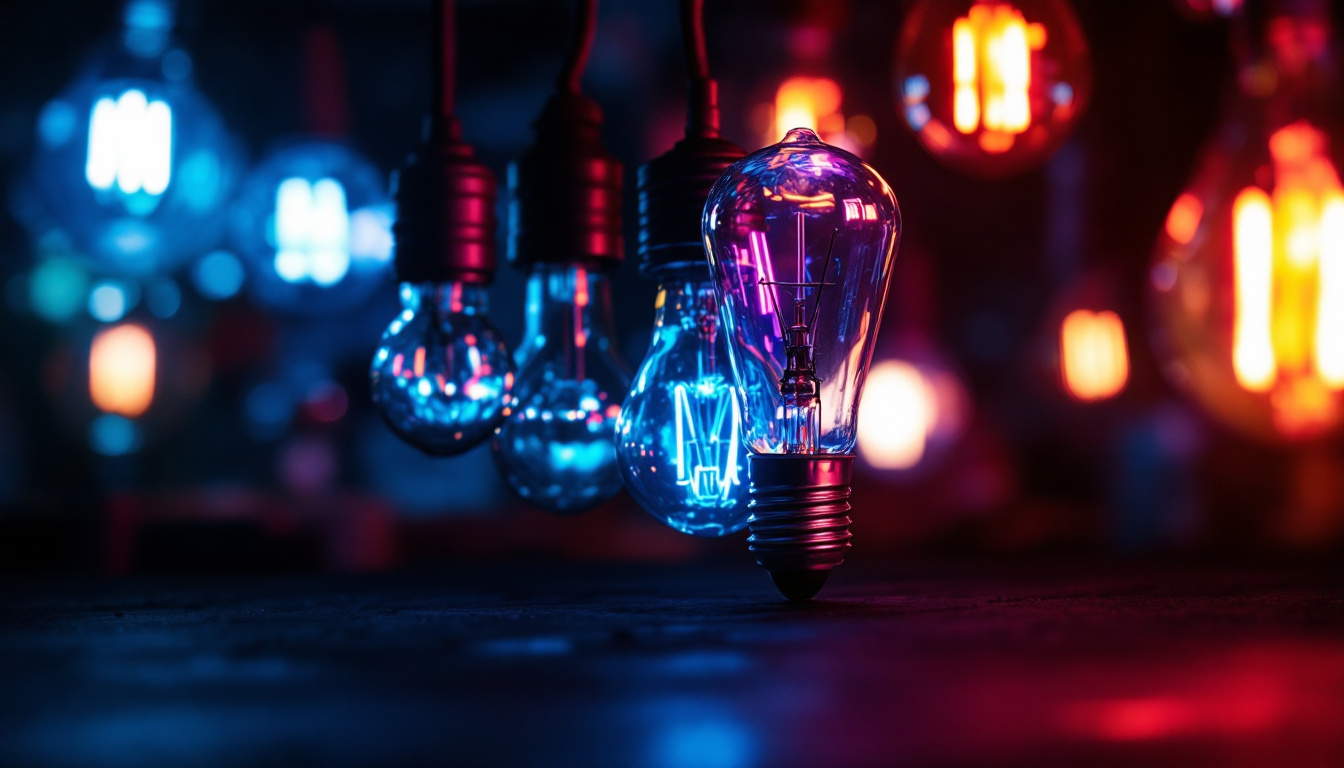
Discover the transformative power of HID bulbs in lighting installations.
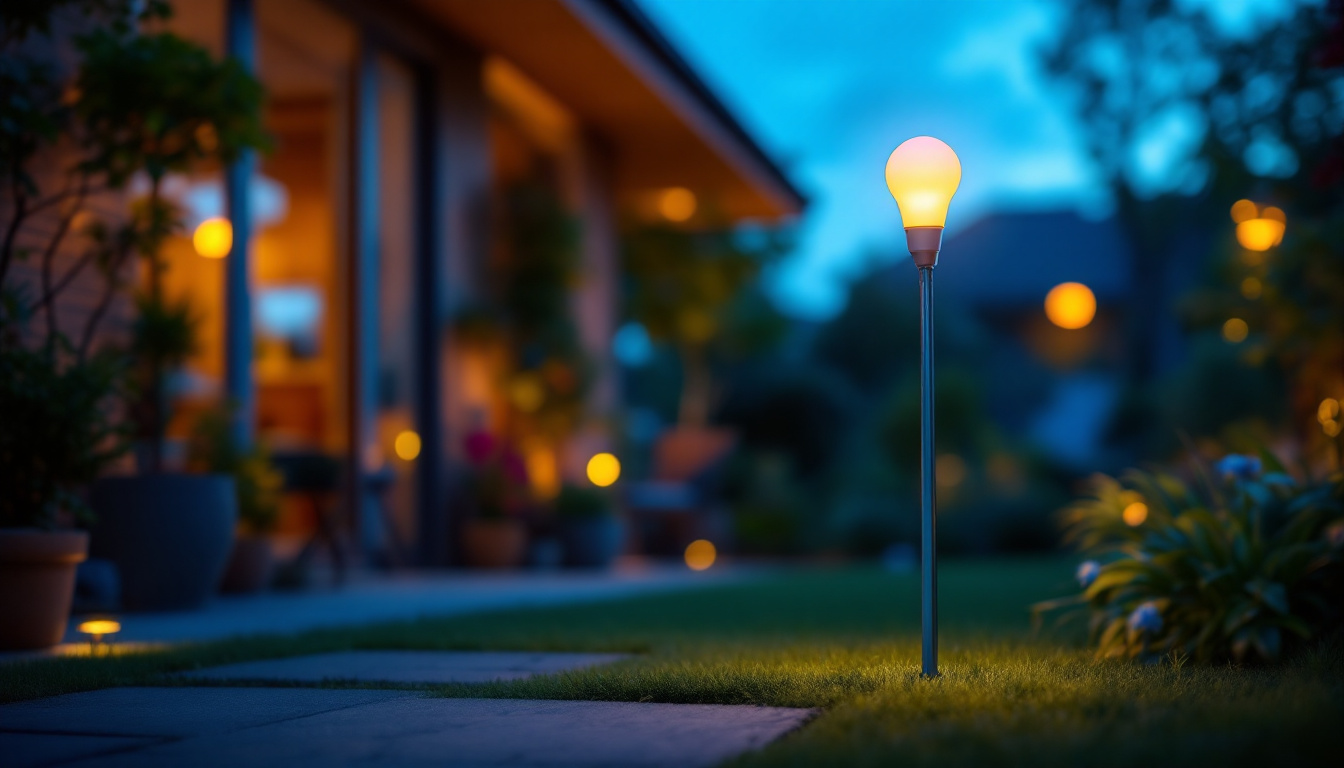
Explore how outdoor flood light bulbs can transform your energy consumption.
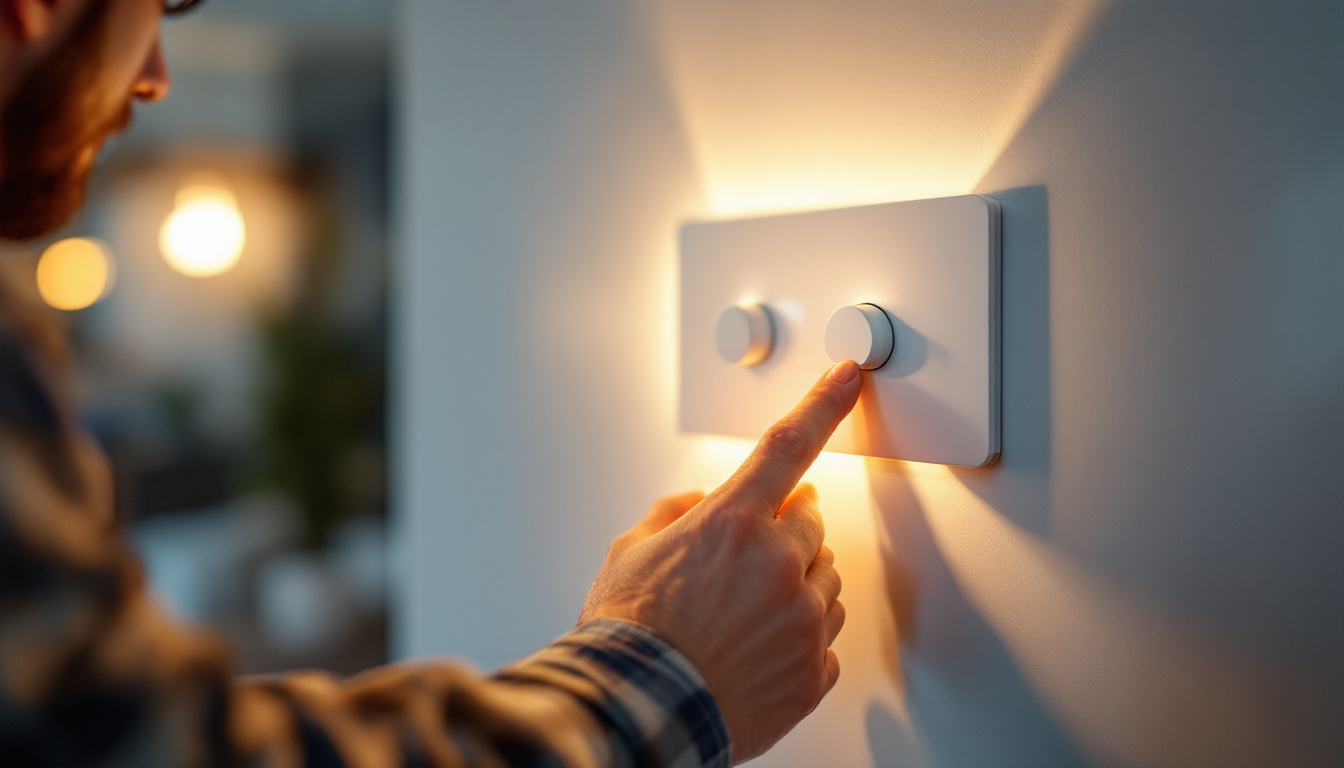
Discover the essential facts about light dimmer switches that every lighting contractor should know.
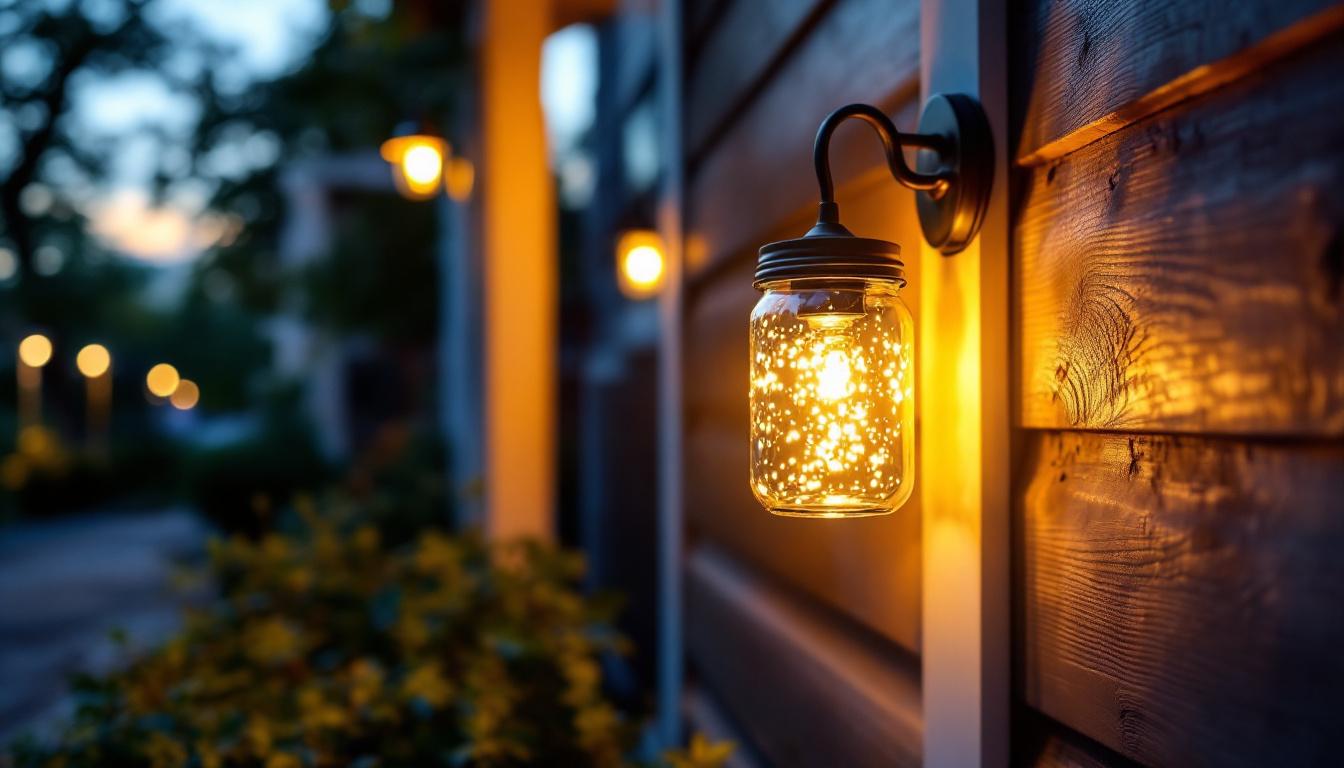
Discover essential compliance tips for Jelly Jar Porch Light installation.